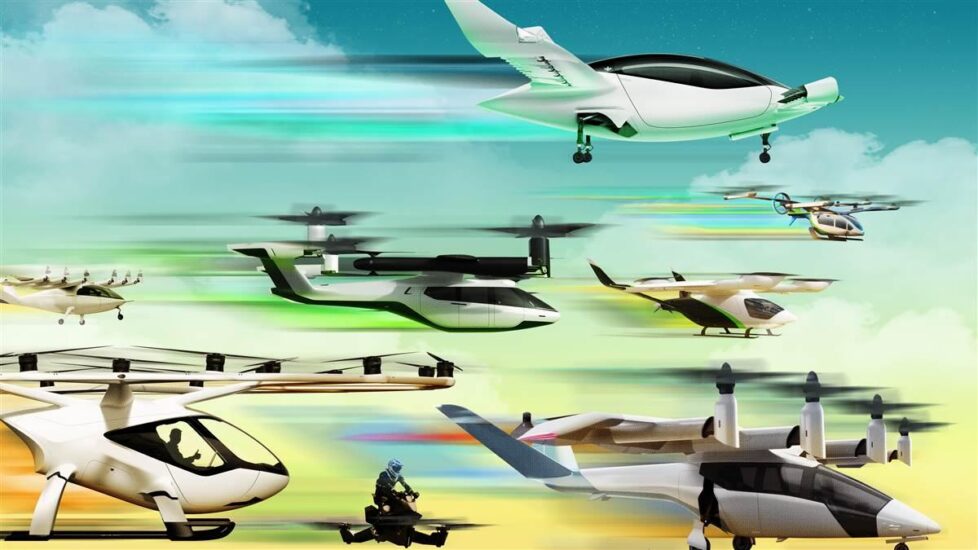Urban Air Mobility May Require a Complete Rethink of How We Design Airspace

Much of the airspace design concepts being considered for urban air mobility (UAM) today are considered as abstract networks emphasizing safety and capacity. That’s a good thing – as far as it goes – according to Aleksandar Bauranov, a consultant with the Boston Consulting Group and Dr. Jasenka Rakas, a Continuing Lecturer of Civil and Environmental Engineering at UC Berkeley and the Deputy Director of the UC Berkeley National Center of Excellence for Aviation Operations Research (NEXTOR).
What these conceptual operations (ConOps) lack, according to the pair, is adequate consideration for the technological complexity, noise or privacy such operations raise. The airspace structure has a direct impact on the levels of safety, efficiency, and capacity of airspace. A less-structured airspace gives operators more freedom to choose their position, heading, altitude, and speed which increases airspace capacity while simultaneously lowering flying costs. But such seemingly sophisticated approaches require highly technological functionality, such as dynamic geofences and advanced sense-and-avoid capabilities to maintain the desired safety levels.
These UAM ConOps will need substantial ground infrastructure including take-off and landing pads (AKA vertiports), and communications, navigation, and surveillance infrastructure. What is needed, Baruanov and Rakas argue, is a new branch of UAM research which considers zoning, air rights, public transportation, real estate development, public acceptance, and equal access to this emerging form of transportation.
By a factor of 4
In their study, the researchers define and propose four groups of factors affecting the physical infrastructure of UAM airspace: safety, social, system, and vehicle factors. When these factors are considered as part of the analysis process, system planners, operators, and those people and operators whose domains are impacted by eVTOLs and uncrewed aerial vehicles (UAVs), the result can be a multidimensional analysis leading to safer, more efficient, and less costly operations.
Keywords
#AAM Today, #AAM, #Advanced air mobility, #Urban air mobility, #Airspace structure, #Airspace design, #safety-capacity tradeoff


